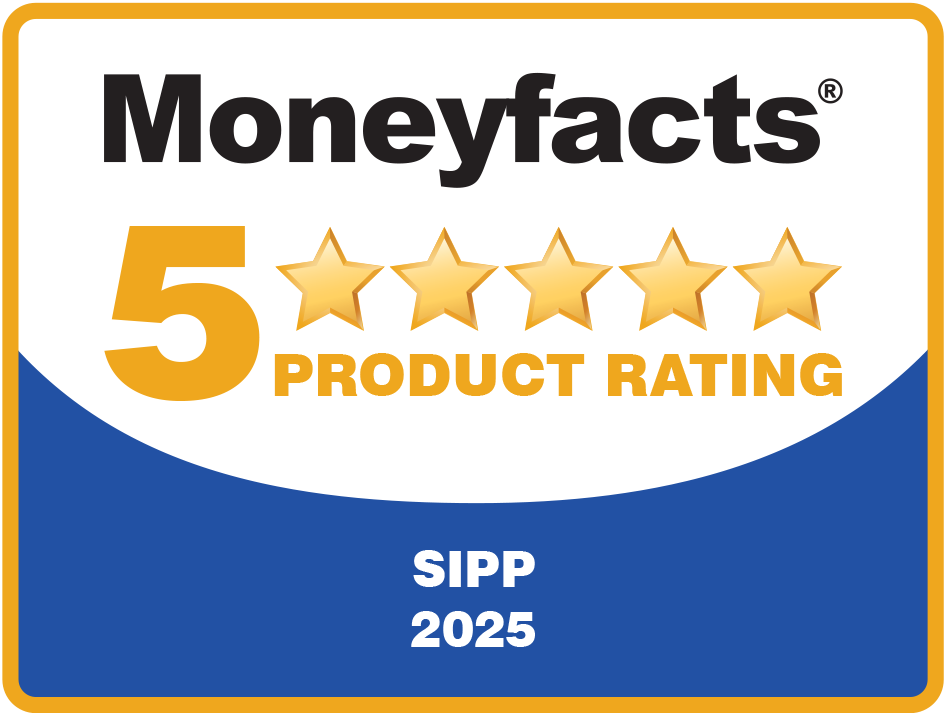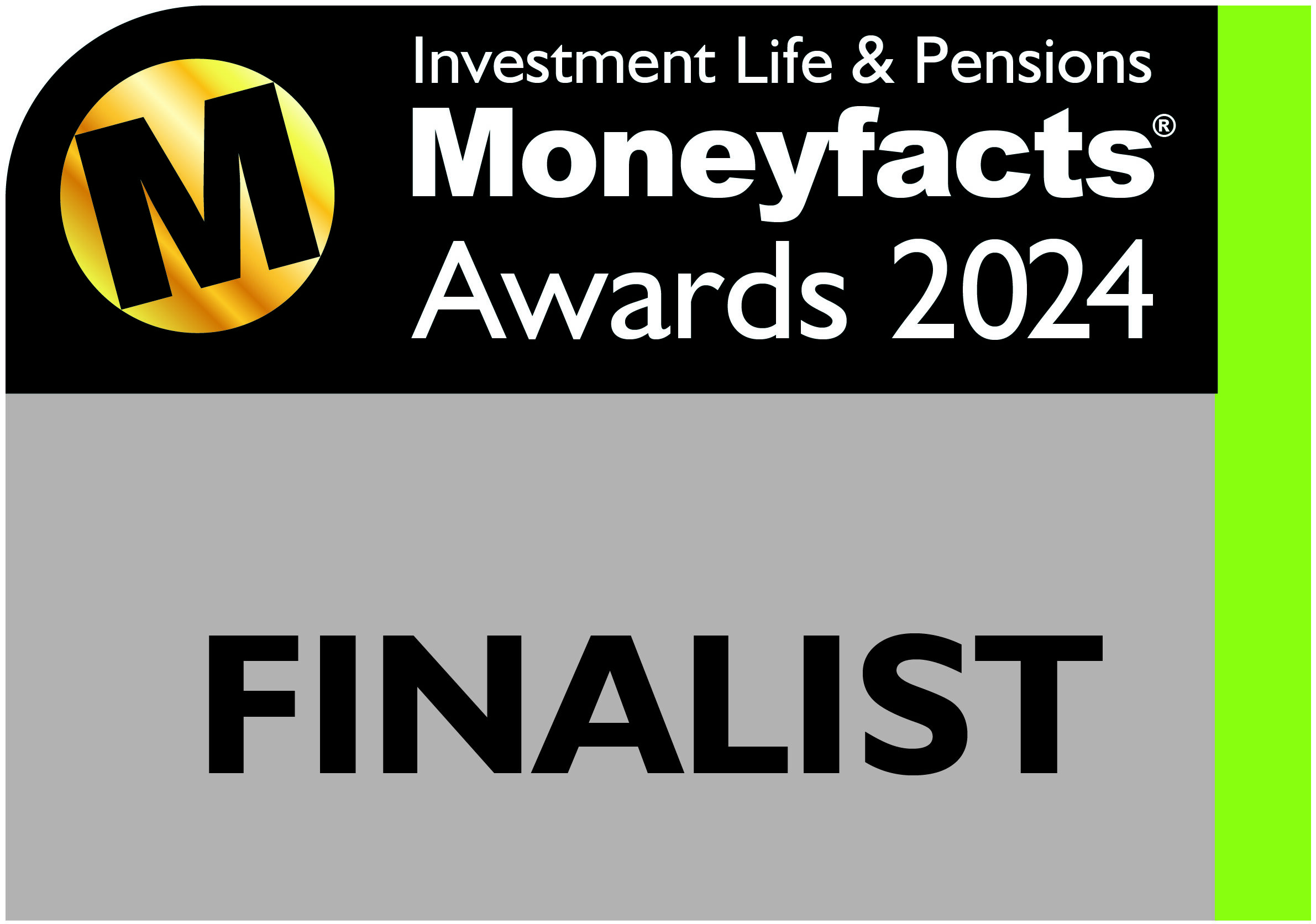6 options your clients have for funding property purchase in a SIPP
This article is intended for financial services professionals only. None of the information contained in this article should be received as advice. Pensions are a complicated area of financial planning and IPM suggests that financial advice from a suitably regulated financial adviser is sought before an individual takes any action in respect of their pension savings.
Commercial property continues to be a popular investment choice for IPM clients. In the first quarter of 2025, IPM has instructed on 26% more new transactions than the same period in 2024, and the number of enquiries in this area continues to increase.
Given this ongoing popularity, and commercial property in SIPPs being an area of strength for IPM, this is something we often write about. You may have previously seen some of our articles on this topic, such as:
- Comments from IPM’s panel solicitors about purchasing properties in SIPPs
- Your complete guide to buying a property in a SIPP
- 10 unusual properties IPM has bought within a SIPP
- Everything you need to know about VAT-registered properties
One of the things we enjoy the most about this type of work is that no two transactions are ever the same. There is always a wide variety of circumstances for IPM to take into consideration, whether this be the property type, how a transaction is to be structured, or how a purchase will be funded.
It is the latter point we are going to focus on in this article, looking at ways in which properties within a SIPP are acquired from the angle of funding.
Funding for any property purchase is key. When buying within a SIPP, there are a variety of additional considerations that are unique to purchases made within pensions, mainly down to HMRC guidelines and the fact that arrangements like SIPPs only have a finite amount of funds to draw from.
It should be remembered that the SIPP must pay all costs associated with the purchase, including legal fees, valuation fees, and any Stamp Duty payable.
Here, you can read about six ways to fund a commercial property purchase within a SIPP.
1. Fully funded from the SIPP
The most common way we see transactions carried out is where there are sufficient funds in the SIPP to purchase the property outright. This can be by way of transfers in, making contributions, or a combination of both.
Once all the monies are in the SIPP trustee bank account, our property team carries out their work with the vendor and their third parties, until monies are sent upon completion.
Often, there is a balance of monies remaining in the trustee bank account after the property has been bought. In addition, the SIPP will start to receive rental proceeds from the tenant occupying the property. These monies can be invested through the IPM SIPP at no additional charge to your client. IPM does not operate panels of investment houses that your clients must select from.
2. Additional contributions paid into the SIPP
Where there is a shortfall in monies held in the SIPP required for acquiring a property, the options considered to fill this can depend on the amount outstanding.
For smaller sums, making a contribution may be the most straightforward away to address this. However, there are several factors to consider:
- Does the client have sufficient Annual Allowance to make a contribution? Don’t forget, carry forward may be possible in some instances.
- If paying a contribution personally, does the client have sufficient earnings for the contribution to be made?
- If the client has received income from a flexible drawdown arrangement, are they restricted by the Money Purchase Annual Allowance?
We do see clients pay larger sums into the SIPP by way of contribution as part of the plan to acquire the property. However, it should be remembered that contributions are only refundable in very limited circumstances.
Consideration should be given to the consequences of a contribution being paid into the SIPP, only for the provider to then not be able to complete on the transaction for whatever reason.
3. Bring other individuals into a group SIPP
Group SIPP arrangements are something we are familiar with at IPM. This is where a collection of individuals with something in common, like directors of a company, spouses, or families, come together to combine pension monies to collectively purchase a property.
Each individual establishes a SIPP with IPM and transfers/ contributes into that arrangement. If the decision is then made to purchase a property on a joint basis, IPM will create a group SIPP arrangement, which sits above the individual SIPPs. In this group SIPP, we will move monies from the individual SIPPs that will be used to purchase the property. The group SIPP then holds the property, with each SIPP owning a proportion of the group SIPP, depending on the amount originally put in.
Where we have seen people use group SIPPs in the past is to assist with a funding shortfall.
For example, if a client’s SIPP is £30,000 short to complete a transaction, other than arranging borrowing for this amount or making a contribution, one option could be to look at the client’s spouse’s pension arrangements.
If they have existing pension funds exceeding this that they may not have actively managed in the past, by transferring this to a SIPP and creating a group SIPP arrangement, you are solving the funding shortfall.
While a group SIPP can be effective, there are also additional considerations to this type of transaction compared to single SIPP purchases. We call these the four “Ds” of group property purchase, and you can read about them in our previous article.
4. Borrowing from a bank
SIPPs can borrow to help fund property transactions. The pension scheme tax manual states that a scheme may borrow “up to the equivalent of 50% of the net value of the fund prior to the borrowing taking place”.
In most instances, this is a complicated way of saying a SIPP can borrow up to half its value! However, in instances where there is already borrowing in a SIPP and further borrowing is being taken out, additional calculations will be required.
IPM does not operate panels of banks that must be selected from. Clients can select whichever bank they want to work with and negotiate the terms of the loan directly. As the loan will be drawn down by IPM, in our role as trustee, IPM will complete all the loan deeds to facilitate the borrowing. Once the transaction has completed, IPM will then arrange for the regular repayments to be made using the rental proceeds received in the trustee bank account.
In our experience, banks are becoming more familiar with SIPP lending. NatWest, Lloyds, Handelsbanken, Barclays, and Metro Bank all have processes to deal with transactions of this nature.
As well as approaching banks, clients can also work with brokers to find the best rates on their behalf. We had previously asked a broker in this area to share their thoughts on SIPP lending and, while rates have changed since this article was originally published, there are still some useful points to consider.
5. Connected lending
HMRC guidelines do not just restrict borrowing being made from a commercial bank; the pension tax manual says that “a registered pension scheme can borrow from any source”.
Each SIPP provider will have its own approach as to which third parties it will allow borrowing from. A popular choice for non-bank borrowing is connected lending, where the SIPP beneficiary lends money to the SIPP, either personally or through a company of which they are a director.
HMRC specifies that any connected loan must be made on a commercial basis. This is to ensure that:
- The SIPP does not benefit from a rate lower than commercial terms, or
- An above commercial rate is agreed, moving money outside of the SIPP environment.
SIPP providers will take their own approaches to how they determine the commercial terms that will be set for a connected loan.
For IPM, we would want to see at least two quotes on a like-for-like basis to the loan we will be taking in the SIPP. The aggregate of these terms would then be used by the SIPP’s solicitors when drafting the loan deed for all parties to sign.
6. Part purchase by the SIPP
It is a little-known fact that, rather than purchasing an entire property, there is nothing preventing a SIPP from owning part of a property.
This will come down to the appetite and attitude to risk of the provider in question. At IPM, we are happy to consider part purchases on the following basis:
- The third party that the SIPP owns the property with is connected with the SIPP beneficiary. This is to aid with the ease of administration of the property in the future.
- The property is not VAT-registered. We have no issues with buying a VAT-registered property using one SIPP or several. However, where a part purchase is taking place, we are unable to limit the SIPP’s liability with the VAT office. As such, should the SIPP’s third-party co-owner of the property not pay any due VAT, the VAT office could look to the SIPP or IPM to recover this and any associated fines.
As a result, if the monies within a SIPP are not sufficient for the entire property to be purchased, a part purchase may be an option.
Get in touch
If you have any SIPP-related queries, or if you have any clients for whom SIPP advice would be beneficial, please get in touch.
Email info@ipm-pensions.co.uk or call 01438 747151.



